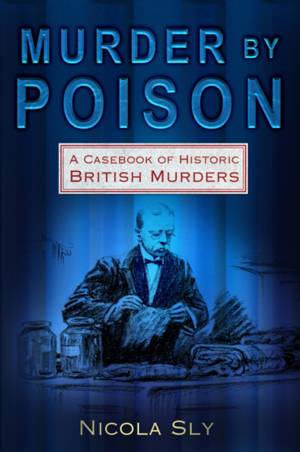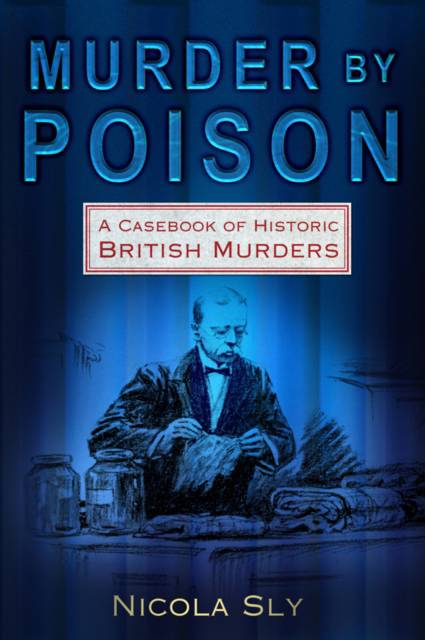
- Afhalen na 1 uur in een winkel met voorraad
- Gratis thuislevering in België vanaf € 30
- Ruim aanbod met 7 miljoen producten
- Afhalen na 1 uur in een winkel met voorraad
- Gratis thuislevering in België vanaf € 30
- Ruim aanbod met 7 miljoen producten
Zoeken
€ 27,95
+ 55 punten
Omschrijving
Murder by poison is often thought of as a crime mainly committed by women, usually to despatch an unwanted spouse or children. While there are indeed many infamous female poisoners, such as Mary Ann Cotton, who is believed to have claimed at least 20 victims between 1852 and 1872, and Mary Wilson, who killed her husbands and lovers in the 1950s for the proceeds of their insurance policies, there are also many men who chose poison as their preferred means to a deadly end. Between 1897 and 1902, George Chapman poisoned three of his lovers with antimony, while Staffordshire doctor William Palmer murdered at least 10 victims between 1842 and 1856. Readily obtainable, poison was considered the ideal method of murder and its exponents rarely stopped at just one victim. Along with the most notorious cases of murder by poison in Britain, this book also features many of the cases that did not make headlines, examining not only the methods and motives but also the real stories of the perpetrators and their victims.
Specificaties
Betrokkenen
- Auteur(s):
- Uitgeverij:
Inhoud
- Aantal bladzijden:
- 256
- Taal:
- Engels
Eigenschappen
- Productcode (EAN):
- 9780752450650
- Verschijningsdatum:
- 1/01/2010
- Uitvoering:
- Paperback
- Formaat:
- Trade paperback (VS)
- Afmetingen:
- 155 mm x 231 mm
- Gewicht:
- 589 g

Alleen bij Standaard Boekhandel
+ 55 punten op je klantenkaart van Standaard Boekhandel
Beoordelingen
We publiceren alleen reviews die voldoen aan de voorwaarden voor reviews. Bekijk onze voorwaarden voor reviews.








